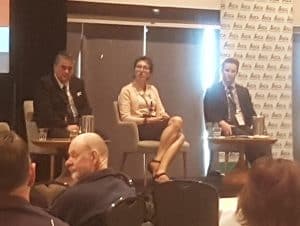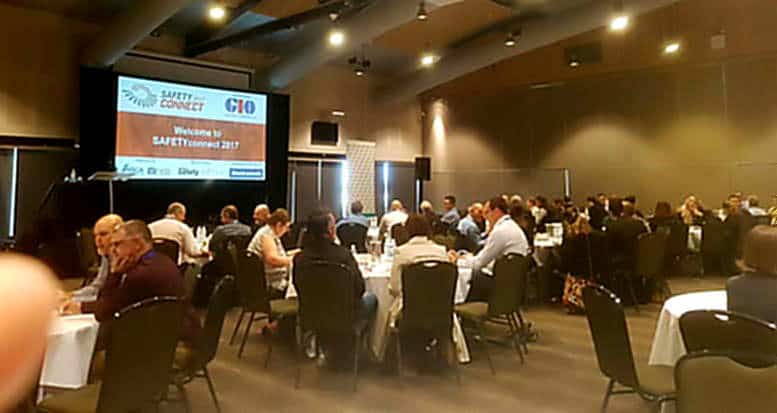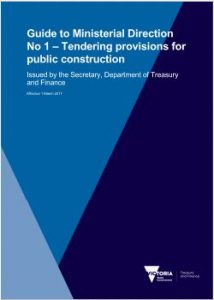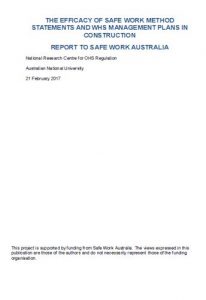
Day 2 of the SAFETYconnect conference commenced with a disrupted panel discussion comprising four representatives of Australia workplace safety regulators. Each representative provided a 10 minute presentation about their agency and their plans. Curiously almost all of them discussed their strategic plans which varied between three and ten years but almost all contained the same aims, targets and challenges.
Some of the most interesting content was in the more practical stream of the conference.

 This week’s
This week’s  Innovation in occupational health and safety (OHS) is often encouraged by government but government processes and policy can also discourage and limit this. An obvious example is where government insists on compliance with OHS laws in its tendering criteria but acknowledges that the tender safety criteria remains outdated and, privately, that OHS compliance is not enough to ensure a safe and healthy workplace.
Innovation in occupational health and safety (OHS) is often encouraged by government but government processes and policy can also discourage and limit this. An obvious example is where government insists on compliance with OHS laws in its tendering criteria but acknowledges that the tender safety criteria remains outdated and, privately, that OHS compliance is not enough to ensure a safe and healthy workplace.

 The most
The most 